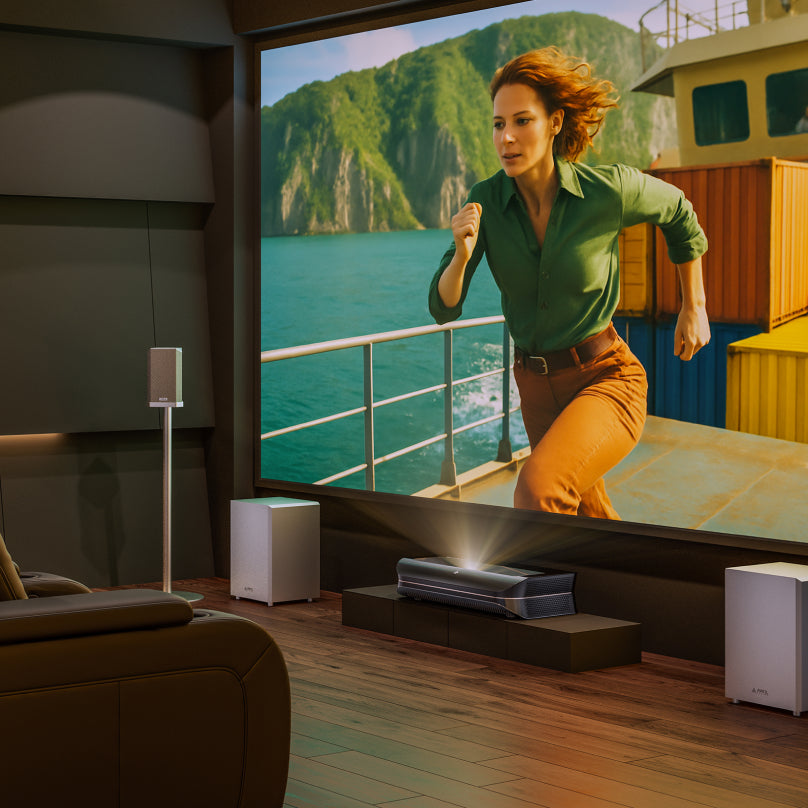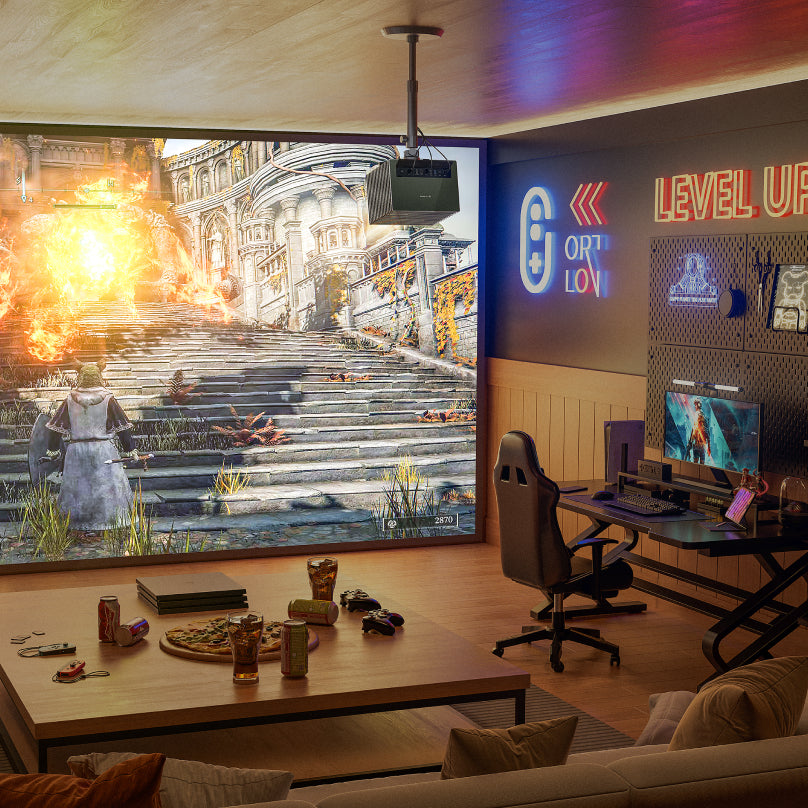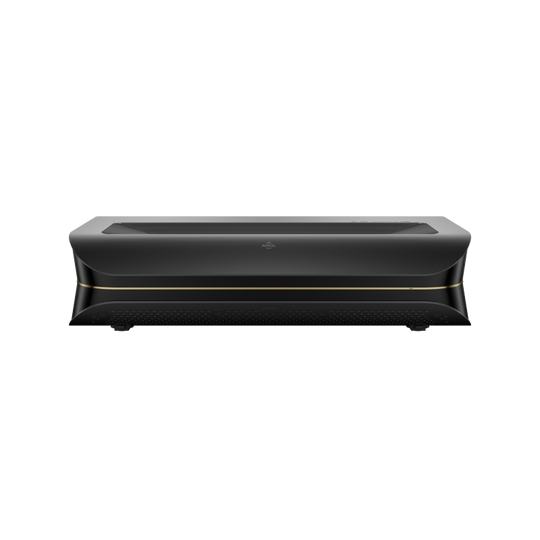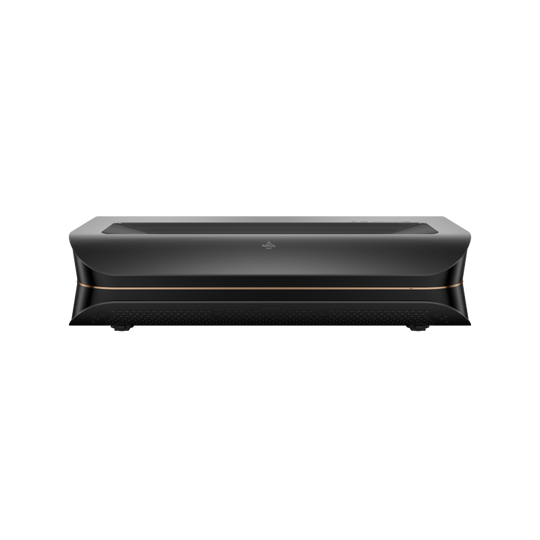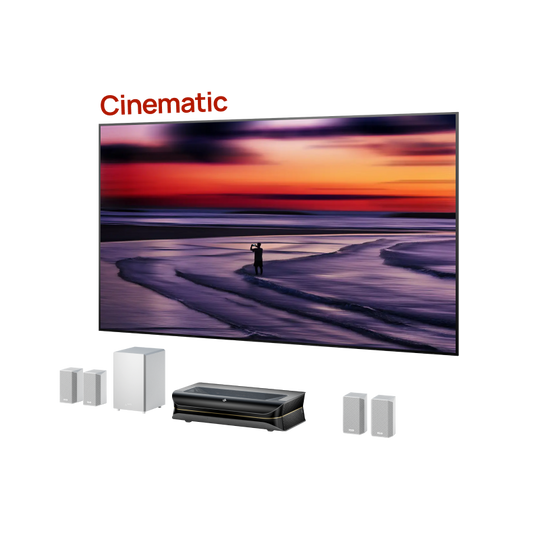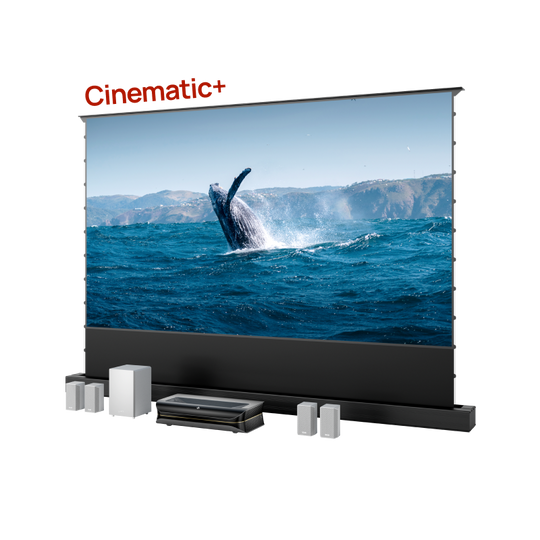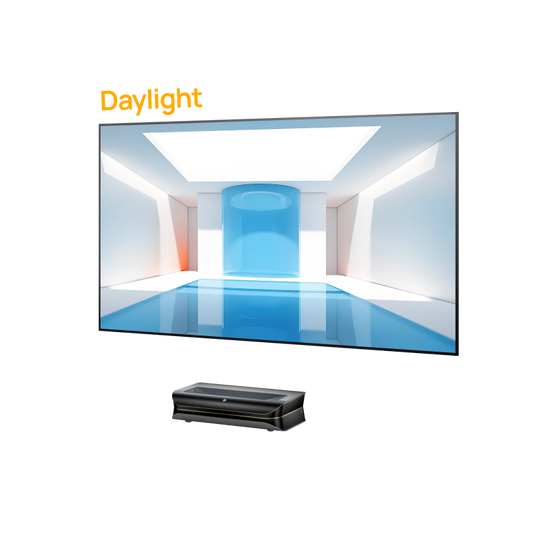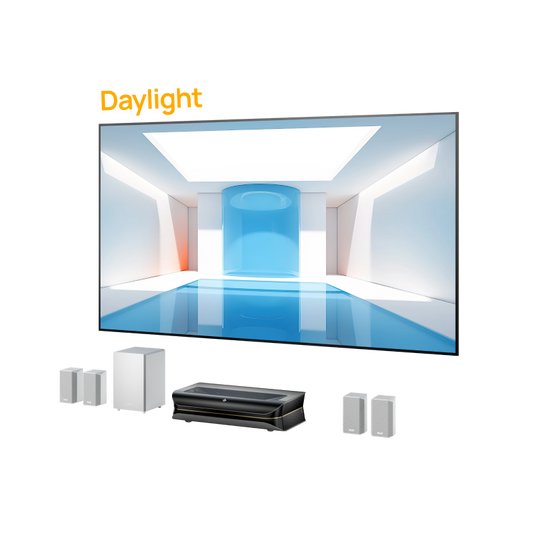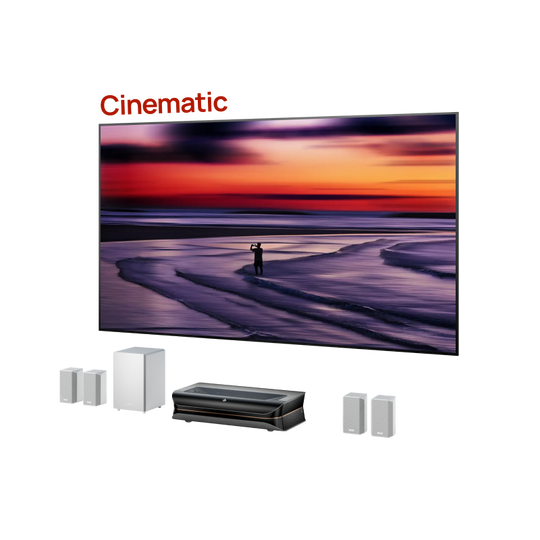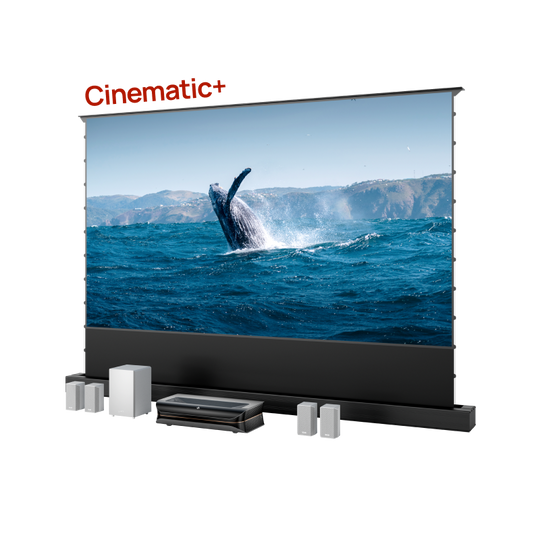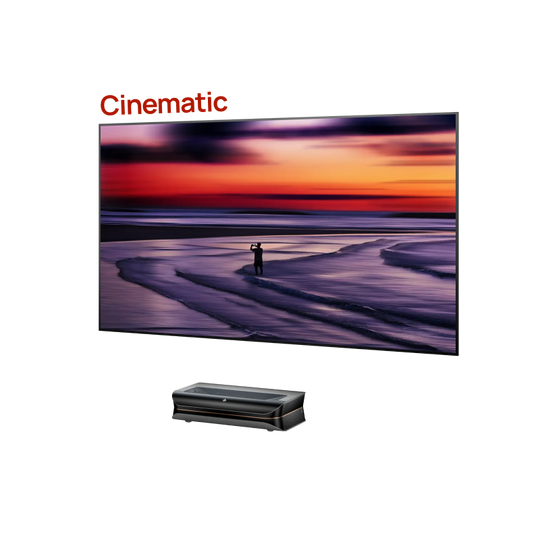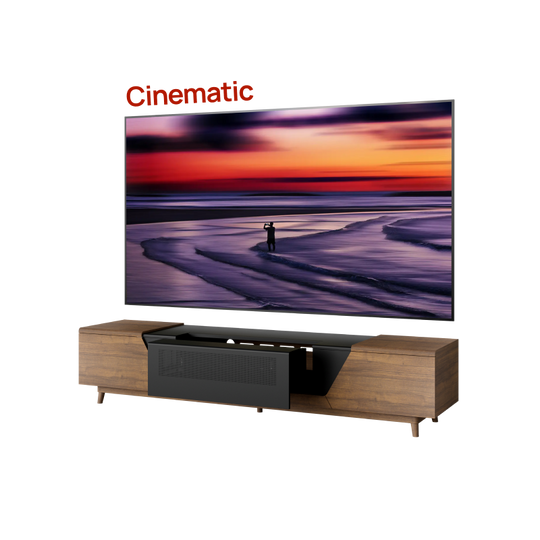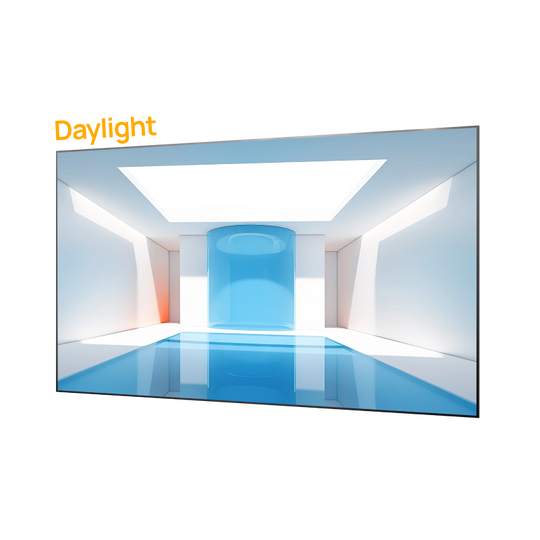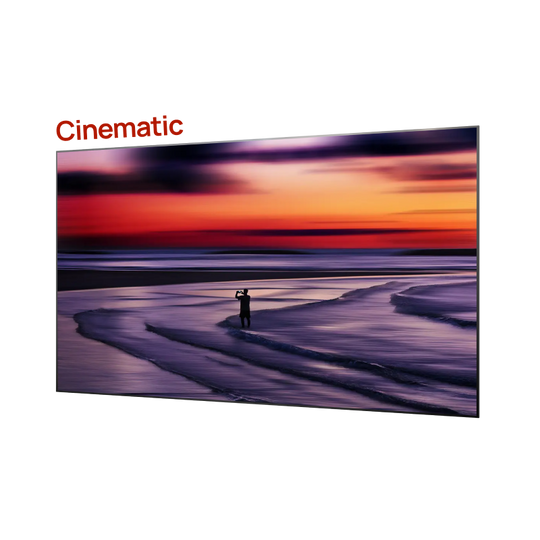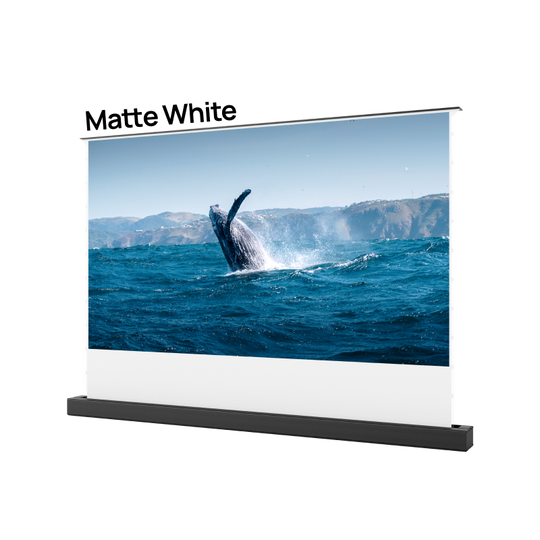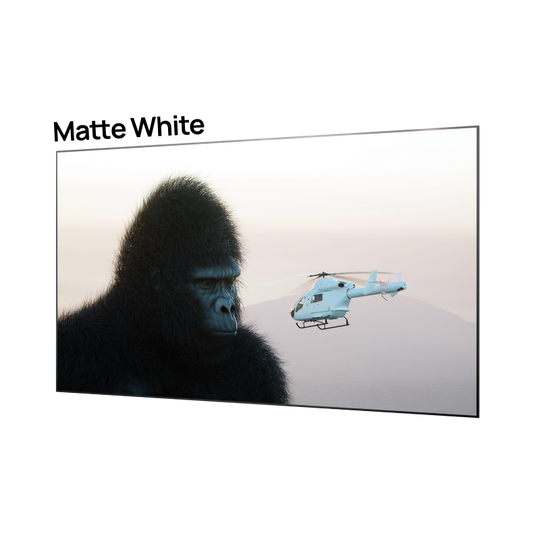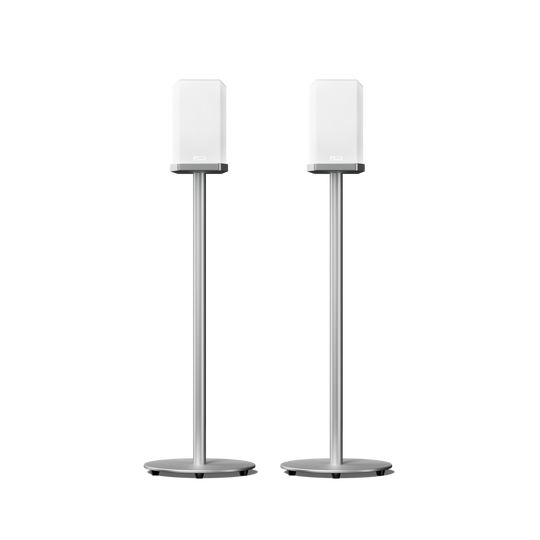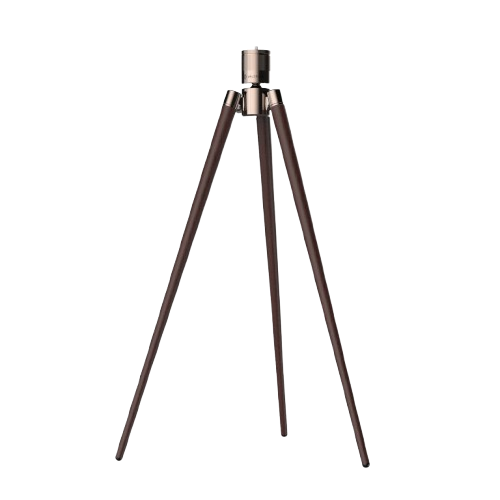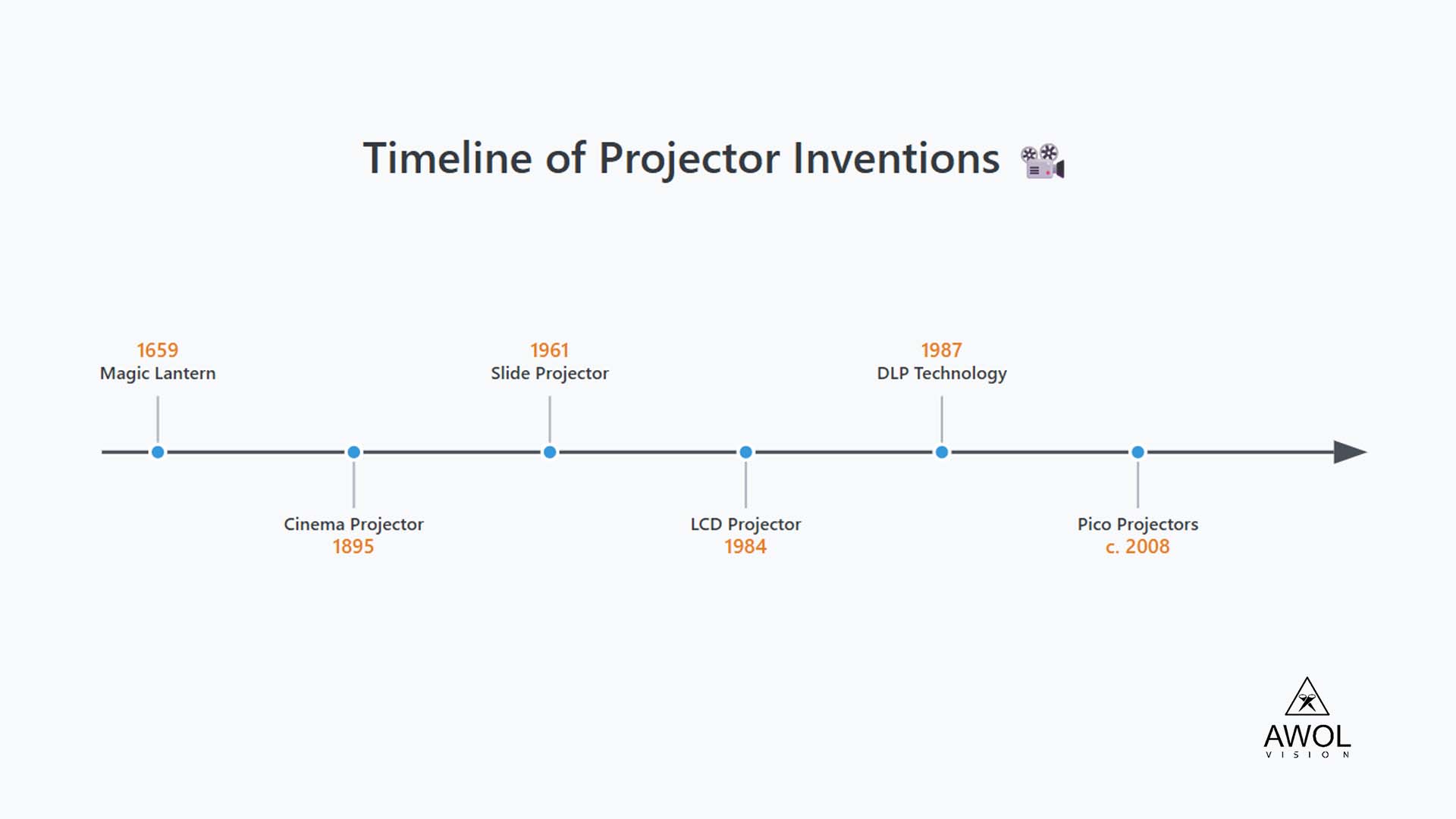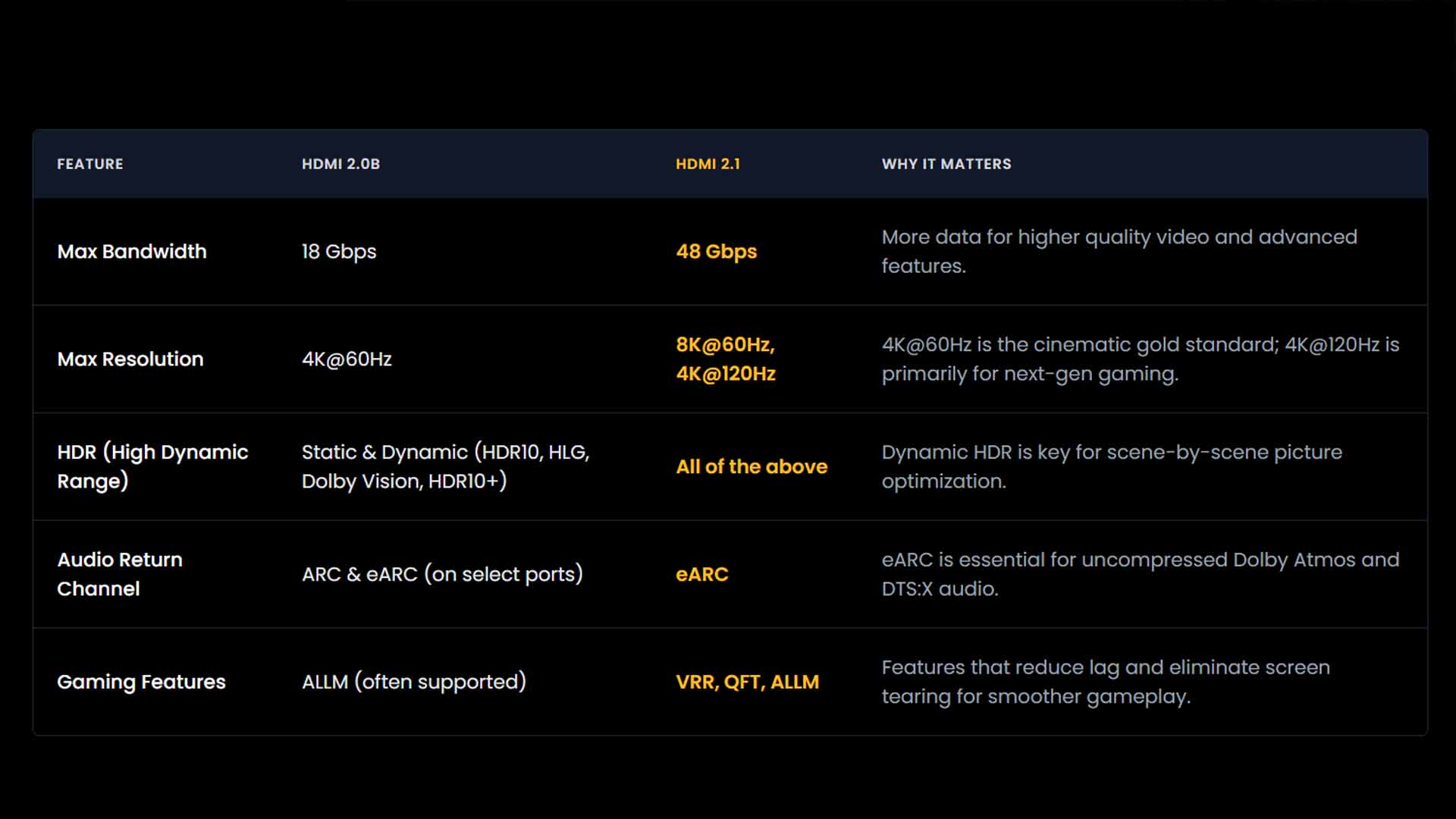To understand a modern projector, you need to recognize that it has two distinct hearts: an Imaging System that works as the artist, and a Light Source that operates as the engine. The engine generates raw light, while the artist skillfully converts that light into the vibrant, detailed images you see on your screen.
Technology lines are blurring as advances in light source technology—particularly pure RGB triple lasers—are unlocking new performance potential from these core imaging engines.
This guide offers a comprehensive look at the three dominant imaging systems: LCD, DLP, and LCoS. Understanding how this "artist" operates is the most critical step in choosing a projector that delivers the visual experience you want.
LCD (Liquid Crystal Display): The Transmissive Color System
LCD operates as a transmissive technology, allowing light to pass through its imaging panels. Most consumer projectors utilize a 3-chip (3LCD) design.
How It Functions: White light gets divided into red, green, and blue beams. Each beam travels through its own dedicated LCD panel, where liquid crystals function as valves. The three colored images are then merged in a prism and projected as a single full-color image.
Primary Strengths: Outstanding at creating vibrant, saturated colors that maintain the same brightness as its white light, making it perform well in rooms that aren't completely dark.
Important Considerations: May have lower native contrast compared to reflective technologies. The open airflow path needed for cooling requires filters that need regular cleaning and might potentially allow "dust spots" to accumulate in the optical path over time.
DLP (Digital Light Processing): The Reflective Micromirror System
DLP uses reflective technology, employing a chip containing millions of tiny mirrors—each roughly the size of a red blood cell—to produce an exceptionally sharp and responsive image.
How It Functions: Every mirror on the DMD (Digital Micromirror Device) chip tilts thousands of times each second to reflect light through the lens (ON) or direct it away (OFF). Color generation happens through one of two methods:
- Traditional (with Color Wheel): A lamp projects light through a rotating color wheel, and the DMD processes each color in sequence. The human brain combines these rapid flashes into a full-color image through "persistence of vision."
- Advanced (with Triple Laser): This cutting-edge approach eliminates the color wheel completely. Individual red, green, and blue lasers supply color information directly. This technique removes the source of the Rainbow Effect and enables a significantly broader color gamut.
Primary Strengths: Best-in-class motion clarity thanks to the exceptional speed of the mirrors. The single-chip design guarantees perfect, permanent image alignment. The optical system is usually sealed, preventing dust spots and minimizing maintenance needs.
Important Considerations: Performance depends heavily on the light source. While advanced laser models have resolved these issues, traditional color wheel versions can present a compromise between maximum brightness and color saturation and may create a "Rainbow Effect" for sensitive users.
LCoS (Liquid Crystal on Silicon): The Reflective Crystal Hybrid
LCoS represents a premium, reflective technology found in select high-end home cinema projectors. It attempts to merge advantages from both LCD and DLP technologies.
How It Functions: LCoS employs three reflective panels. Light travels through a liquid crystal layer, bounces off a mirrored surface, and passes back through the crystals. This configuration enables very high pixel density.
Primary Strengths: Its main benefit is delivering the highest native contrast ratios, creating deep, subtle black levels that enthusiasts prize for dedicated, completely dark rooms.
Important Considerations: LCoS is the costliest technology. Its pixels respond more slowly than DLP, which can result in increased motion blur. As a three-panel system, it can also experience potential panel convergence (misalignment) problems over time.
Deep Dive: Key Performance Differences
Contrast and Sharpness: A Detailed Perspective
While LCoS leads in native contrast (comparing a completely black screen to a completely white one), DLP technology frequently excels at ANSI contrast—the contrast within a single, complex frame containing both bright and dark areas. This arguably better represents actual movie content.
Additionally, sharpness involves more than just pixels. All three-panel systems (3LCD and LCoS) can experience convergence errors, where panels become slightly misaligned, creating color fringing and a softer appearance. A single-chip DLP projector cannot physically develop this problem, ensuring perfect, razor-sharp alignment throughout the projector's lifetime.
Gaming and Motion Performance
For gaming, two measurements matter most: motion blur and input lag. Thanks to the nearly instantaneous speed of its mirrors, DLP clearly leads in reducing motion blur, delivering the sharpest image during rapid action. Many high-performance DLP projectors achieve input lag below 30ms (some under 16ms), which is essential for responsive, competitive gaming. While other technologies have improved, they often depend on processing that can introduce additional visual artifacts.
Final Verdict: Choosing Your Projector Imaging Technology
|
Feature |
LCD (3-Chip System) |
DLP |
LCoS |
|
Motion Clarity (Gaming) |
Very Good |
Excellent |
Good |
|
Image Alignment |
Potential Convergence Error |
Perfect (Single-Chip) |
Potential Convergence Error |
|
Color Gamut |
Very Good |
Good (Color Wheel) to Exceptional (Triple Laser) |
Excellent |
|
"Rainbow Effect" Risk |
None |
Low (Color Wheel) to None (Triple Laser) |
None |
|
Maintenance (Dust) |
Filter Cleaning Required |
Minimal (Sealed Optics) |
Minimal (Sealed Optics) |
LCD offers solid all-around performance with excellent color brightness, making it ideal for casual viewing in various lighting conditions. DLP stands out for gaming and motion-heavy content, with its perfect alignment being a significant long-term advantage. LCoS caters to the perfectionist seeking ultimate contrast in a dedicated dark room setup.
Notice how DLP's performance varies dramatically based on the light source. Traditional color wheel models compromise between brightness and color accuracy, while triple laser versions eliminate these trade-offs entirely. This evolution explains why many manufacturers are gravitating toward DLP laser combinations for their flagship models.
Your choice ultimately depends on your primary use case and viewing environment. Gamers and sports fans will appreciate DLP's motion clarity. Movie enthusiasts in dark rooms might prefer LCoS's deep blacks. Those wanting versatility across different lighting conditions often find LCD's consistent color performance appealing.
Conclusion: The Modern Choice for a Complete Experience
Each imaging technology has traditional strengths. Recent advancements are challenging conventional trade-offs. The goal is simple: sharp, fluid, bright, and colorful images without compromise.
New combinations are reshaping what's possible. DLP chips offer natural sharpness, perfect alignment, and leading motion response. Triple laser light sources provide exceptional capabilities. Together, they deliver the best of all worlds. You get responsive, blur-free performance perfect for 4K gaming and sports. You also get stunningly wide and accurate color that was previously exclusive to other technologies. All outdated artifacts are completely eliminated.
Modern DLP laser projectors offer the most attractive solution. They excel across all applications—from cinematic films to immersive gaming. For viewers wanting versatile, future-ready performance, this combination provides the most comprehensive package available.
